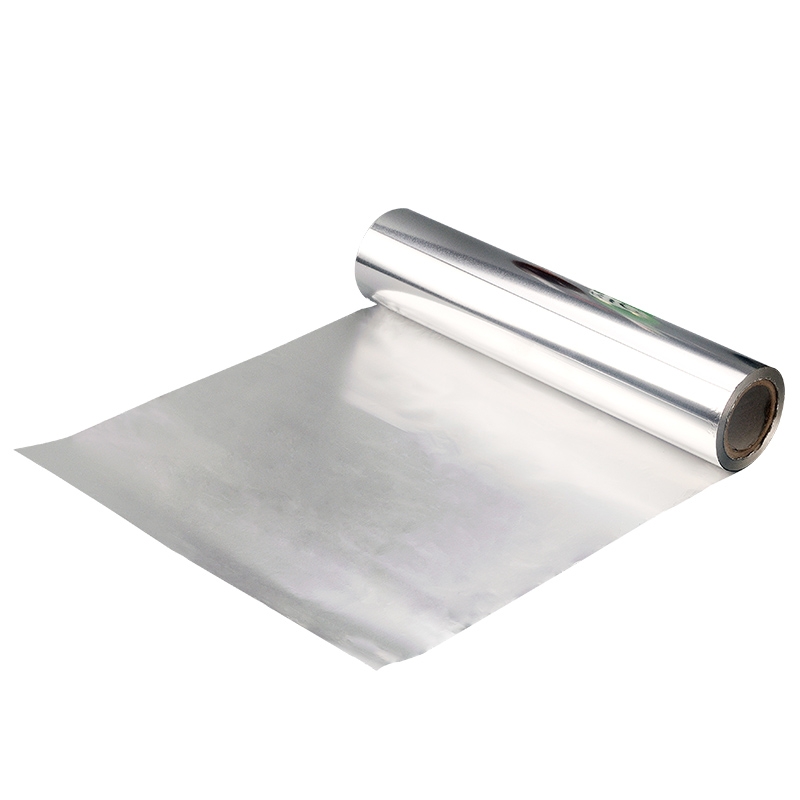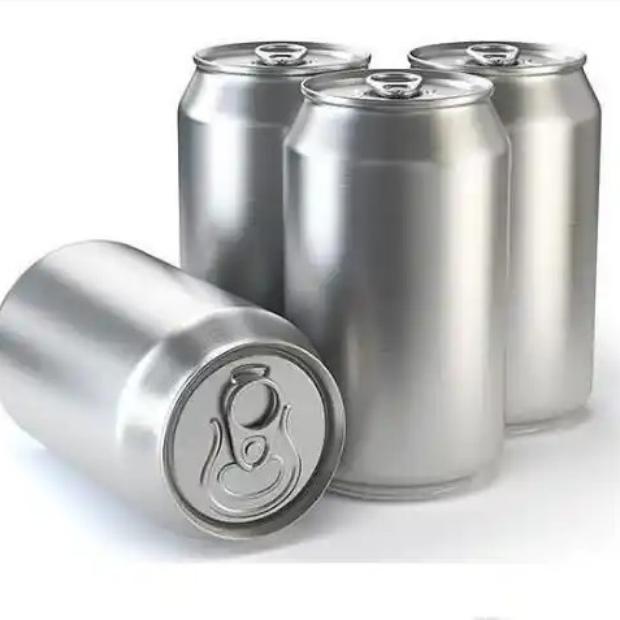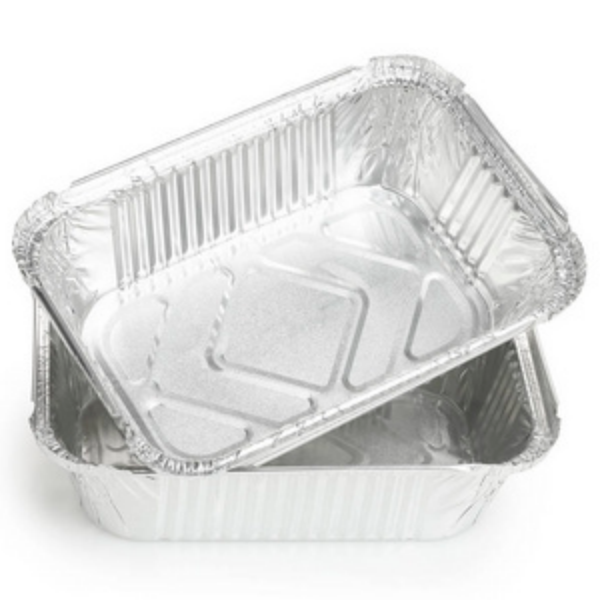Aluminium food-grade packaging
Aluminium products food-grade packaging refers to the food safety standards, specifically for the packaging of food aluminium materials and products, the following from the common types, features and applications for you:
Food-grade Aluminium Packaging Common types
 Aluminium foil packaging
Aluminium foil packaging thin sheets processed from pure aluminium or aluminium alloy, with a thickness generally between 0.006-0.2mm. Commonly used in bakery packaging, candy and chocolate packaging, instant food packaging, dairy packaging, pharmaceutical packaging
 Aluminium can packaging
Aluminium can packaging common cans and two-piece cans. Easy-open cans are usually used for packaging carbonated beverages, beer and other liquid foods, while two-piece cans are widely used in the fieldof beverages and canned foods, such as canned fruits, canned meats and so on.
 Aluminium box packaging
Aluminium box packaging
Available in various shapes and sizes, it can be used to package food such as pastries, cooked food and fast food. Some high-end baked goods are often packaged in aluminium boxes, which can better maintain the shape and taste of the food.
Food-grade Aluminium Coil Features
Aluminium has good barrier property, which can effectively block the influence of oxygen, water vapour, light, etc. on food, preventing oxidation, moisture and deterioration of food, and prolonging the shelf life of food. For example, crisps packed with aluminium foil can well maintain the crispy taste of crisps.
Strong corrosion resistance:
Aluminium is easy to react with oxygen in the air, forming a dense layer of aluminium oxide film on the surface, which can protect aluminium products from corrosion of acids, alkalis, salts and other substances in the food, ensuring the safety of food.
Good thermal conductivity:
Aluminium has good thermal conductivity, so that the food inside the package is heated evenly, and it can be used for some food packages that need to be heated, such as aluminium foil baking trays and aluminium fast food containers, etc. It is convenient for the food to be heated up quickly in ovens, microwave ovens and other equipments.
High recyclability:
Aluminium is a recyclable material, and the energy consumption of recycling is only about 5% of the energy consumption of primary aluminium production, which is conducive to environmental protection and resource recycling.
Food-grade Aluminium Foil
In the industry, aluminium products with a thickness of less than 0.2mm are usually referred to as aluminium foil. Specifically, aluminium foil can be further subdivided by thickness:
| Thick foils | foils with a thickness of 0.1 to 0.2mm |
| Single-zero foil | foils with a thickness of 0.1 to 0.2mm |
| Double-zero foils | usually foils with a thickness of less than 0.01mm, i.e. 0.005 to 0.009mm |
How to choose aluminium foil alloy series?
1. 1-series aluminium alloys (pure aluminium)
Characteristics: High purity (usually ≥99%), strong corrosion resistance, excellent ductility, easy to process.
Common grades: 1060, 1100, 1235, etc.
Applications:
1060: High purity (99.6%), used for packaging of pharmaceuticals, confectionery, etc. where safety is of paramount importance.
1100: Containing a small amount of iron and silicon, comprehensive performance balance, suitable for the production of flexible packaging foil, container foil, etc..
1235: Commonly used in cigarette packaging, electronic capacitor foil, etc., with good shielding and corrosion resistance.
2. 3 series aluminium alloy (manganese alloy)
Characteristics: Manganese (0.1%~1%) is added to enhance strength and corrosion resistance, while maintaining good processing performance.
Commonly used grades: 3003, 3004, etc.
Applications:
3003: Used for food containers that require high strength, such as beverage cans and cooking bags.
3004: Containing magnesium and manganese, suitable for deep-drawn moulding packaging, such as beer bottle caps and milk powder cans.
3. 8 series aluminium alloy (other elements alloy)
Characteristics: add iron, silicon and other elements, optimise processing performance and strength, suitable for complex forming process.
Commonly used grades: 8011, 8021, 8079, etc.
Applications:
8011: The most common food-grade aluminium foil material, used for meal boxes, egg tart trays, barbecue foils, etc. It has good stamping performance and corrosion resistance.
8021: Excellent deep-drawing performance, commonly used in yoghurt lids, pharmaceutical packaging, etc.
8079: used for flexible packaging foils (e.g. candy, milk powder bags), outstanding barrier and heat sealing properties
English
العربية
Français
Русский
Español
Português
Deutsch
italiano
日本語
한국어
Nederlands
Tiếng Việt
ไทย
Polski
Türkçe
ភាសាខ្មែរ
Bahasa Melayu
Filipino
Bahasa Indonesia
magyar
Română
Čeština
Монгол
हिन्दी
فارسی
Slovenčina
Slovenščina
Norsk
Svenska
Ελληνικά
Suomi
Latine
Dansk
Shqip
Hrvatski
Afrikaans
Gaeilge
Eesti keel
latviešu
Azərbaycan dili
Беларуская мова
ქართული
íslenska
Kinyarwanda
Lietuvių
Lëtzebuergesch
Македонски
Malti
Türkmençe
ئۇيغۇرچە
Cymraeg



















